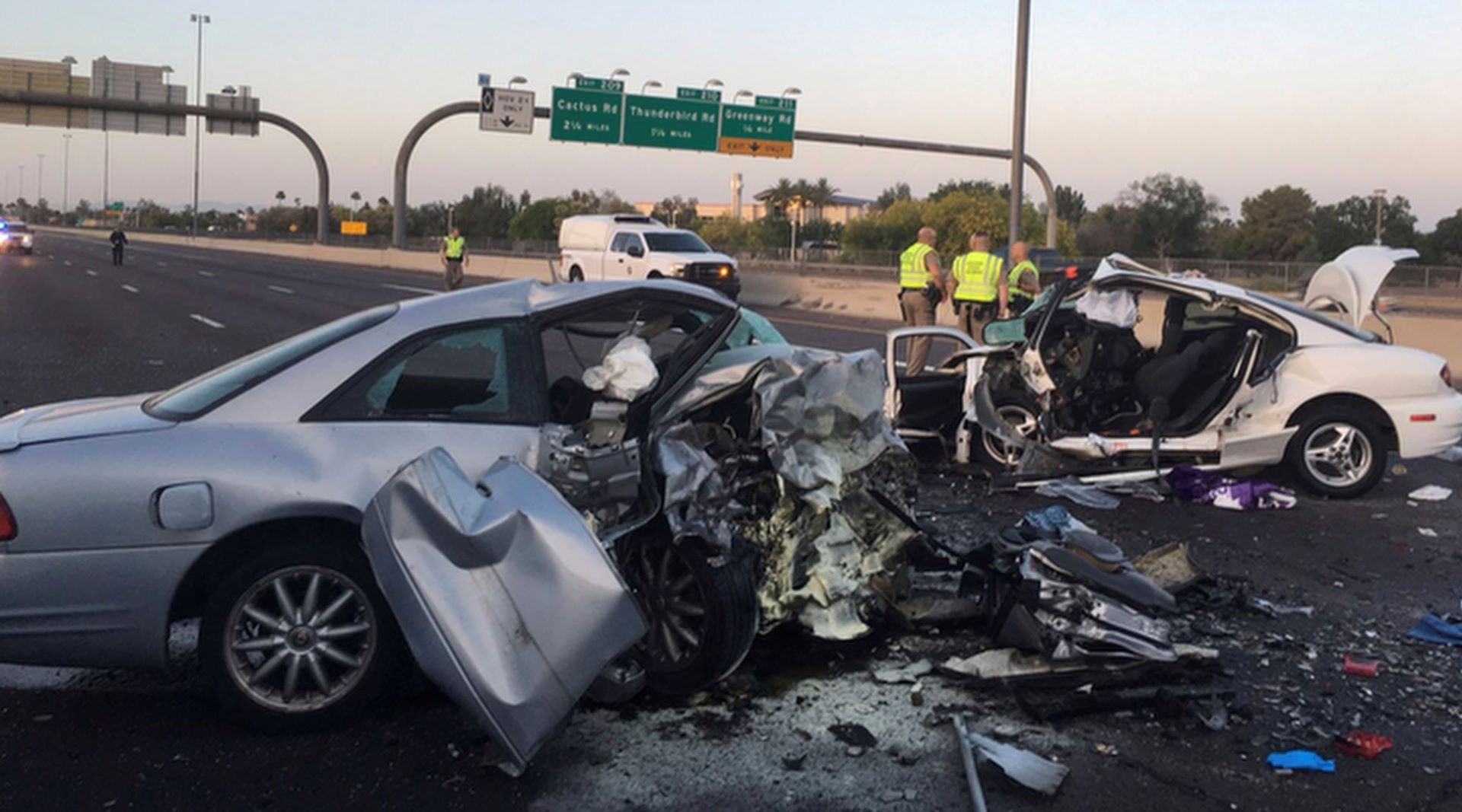

A study released last week by the National Highway Traffic Safety Administration detailing our driving history in 2019 showed the lowest percentage of drunk-driving fatalities on record.
NHTSA reported that traffic deaths were down nationwide in 2019 compared to 2018 in general, and alcohol-impaired driving deaths were down to the lowest percentage since 1982, when NHTSA started recording alcohol data.

It is small consolation, of course, to the people who did die in traffic accidents and their loved ones, but the numbers are good across the board. All forms of fatal accidents were down in 2019 compared to 2018, NHTSA found, including:
- All passenger vehicle occupant fatalities (630 fewer over 2018, a 2.8 percent decrease).
- Pedestrian fatalities (169 fewer, a 2.7 percent decrease).
- “Pedalcyclist” fatalities (25 fewer fatalities, a 2.9 percent decrease).
- And alcohol-impaired driving fatalities (568 fewer fatalities, 5.3 percent decrease, the largest of any category). In 2018, the reduction was 397 fewer fatalities, a 3.6 percent decrease over 2017, said a different NHTSA study.
“We are encouraged by the 2019 Fatality Analysis Reporting System data, which shows that fewer lives were lost on our nation’s roads than the year before, a trend for three years now even while economic growth was increasing,” NHTSA Deputy Administrator James Owens said in a release that details the 2019 data. “We saw notable reductions in pedestrian and cyclist fatalities, as well as fewer lives lost in alcohol-impaired driving crashes.”
Room for improvement remains. There were 36,096 fatalities in traffic crashes in 2019, a decrease of 739 (down 2 percent) from the reported 36,835 fatalities in 2018, even though vehicle miles traveled increased by 0.8 percent.
One cautionary finding: NHTSA said that early research into the first half of 2020, a period impacted by the coronavirus pandemic, suggests a higher percentage of “risky driving,” particularly in rural areas. NHTSA said while the number of traffic fatalities during April to June 2020 were projected to decrease, there is a projected increase in the proportion of fatalities that occurred in rural areas, among younger people 16 to 24 years old, with “risky drivers, in rollovers and ejections, and among occupants of older vehicles (10-plus years).”
While Owens is encouraged by the 2019 numbers, he said Americans can do better. “If we’re to keep building on these numbers, everyone needs to do their part by driving sober, wearing their seat belts, avoiding speeding and distractions, and sharing the road with pedestrians and cyclists.”